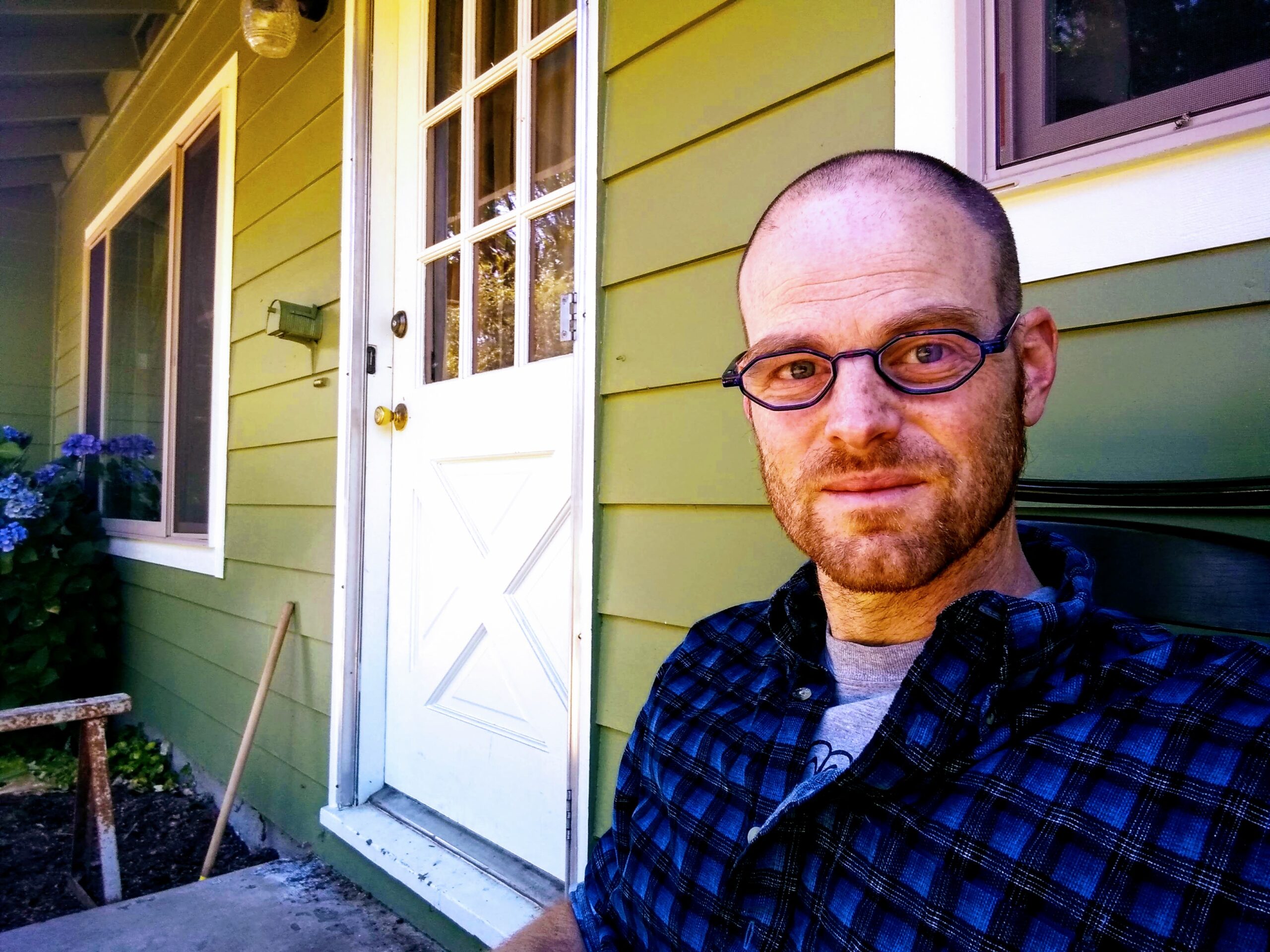
Executive functioning behaves as the brain’s “air traffic control system” according to The Developing Child Institute at Harvard. Many essential executive function skills are performed in the brain’s prefrontal cortex, the area that sits directly behind the forehead. This crucial brain region continues to develop into one’s mid-twenties, and this relatively slow development explains why adolescents are more prone to acting without full consideration for long-term consequences than they will be later in life. Trauma disrupts the formation of brain architecture that supports healthy executive functioning.
Consider one key executive function: perspective taking. This is essential for regulating behavior. In social situations we constantly, often at a barely conscious level, make assessments about how what we do and say will impact those around us. We use these assessments to modify our behavior based on context. In a classroom, for example, much of what often gets termed “misbehavior” or “bad attitude” has its roots in a child’s lagging ability to make accurate assessments about what their behavior looks like from other perspectives. This skill must be practiced. Often the disciplinary interventions that schools impose, or those that parents employ at home, don’t solve the problem because they don’t support the child in practicing the cognitive skill. If a basketball player struggles to make free throws it would not make sense for the coach to put them in time-out or send them to detention. In the same way, children who struggle with perspective-taking need a compassionate space in which they can practice the skill.
Or consider what a middle-school passing period is like for a child who struggles with two other essential executive functions: time conceptualization and working memory. If a child struggles to accurately conceptualize how long it takes to visit their locker, use the restroom, and be on their way, they will habitually be late. In addition, working memory, which helps us remember and organize multi-step tasks, has demands placed upon it. The multi-step processes of packing up materials from the previous class, finding the locker, successfully using the locker combination to gain access, then thinking through what they will and won’t need for the next class can be an intense challenge. Atop this, they are constantly using their perspective-taking skills to navigate the social exchanges of the hallway. If you throw in issues with sensory overload, as many traumatized children have (a subject for another day) a single five-minute passing period can be overwhelming. The average middle-schooler must make several of these transitions per day, to say nothing of transitions before school, at lunch, and within class. This doesn’t even scratch the surface of the demand that coursework and navigating the classroom places on executive functioning. Schools are not designed for those with lagging executive functioning.
Timothy Callahan writes, “When a teacher teaches ‘over’ a child’s readiness, behavior problems are likely to develop.” We can expand this to say that when the totality of a school environment places demands on a child’s executive functioning skills that are beyond that child’s developmental stage, behavior problems will develop. The same holds true for when a parent parents ‘over’ a child’s readiness. Harvard psychologist Ross Greene refers to the gap between the demands placed on a child’s executive function skills and the child’s readiness to meet them as “incompatibility.” Often adults perceive the behaviors that manifest as a result of the child’s attempt to compensate for this incompatibility as willful or defiant. But they are not. They speak to a need to use a different approach in resolving the problematic behaviors,or, to use Greene’s terms, to solve the “unsolved problems” that result from this incompatibility.
There are several basics in a child’s home environment that support healthy executive functioning. Establishing daily routines is an excellent starting point. Children will likely need some “scaffolding,” that is, they’ll need to be coached through daily tasks, sometimes for quite a long time, before they can achieve mastery on their own. Cognitive modelling can be a powerful strategy as well. This refers to when the parent, or teacher, verbalizes the cognitive processes that support life activities. We can “think-aloud” through how we mentally organize a multi-step task, for example. This makes the cognitive processes “visible” for the child, who in time will be able to borrow from them or imitate them. It will help as well to include a conversational aspect that includes the child in the thinking. Questions like, “Which shall we do first, brush our teeth or get dressed?” force the child to organize the tasks for themselves. Finally, sufficient sleep and healthy diet are essential.
As Harvard’s Developing Child Institute indicates, nobody is born with these skills; we are all “born with the potential to develop them.” To build safe, supportive spaces, in homes and schools in which all children can develop these skills is “one of society’s most important responsibilities.”
References
https://developingchild.harvard.edu/guide/a-guide-to-executive-function/
https://www.livesinthebalance.org/about-cps

Matthew King lives with his fifteen-year-old son in Corvallis, Oregon, where he’s taught English for thirteen years. He also does advocacy work in the school district for children who have experienced trauma in early childhood. In his spare time he hikes, reads, writes, practices meditation, and watches his son ride dirt bikes. He welcomes comments and feedback and can be contacted at kingmatthew10@gmail.com
